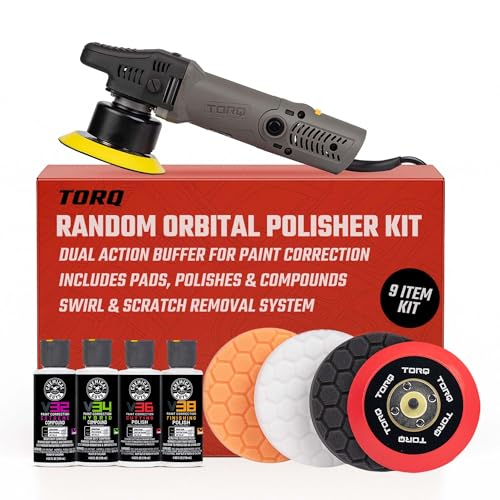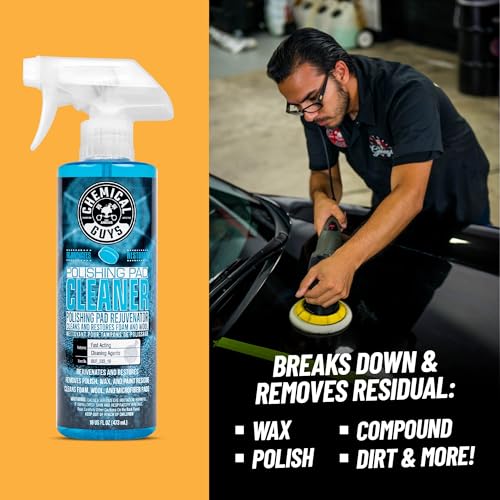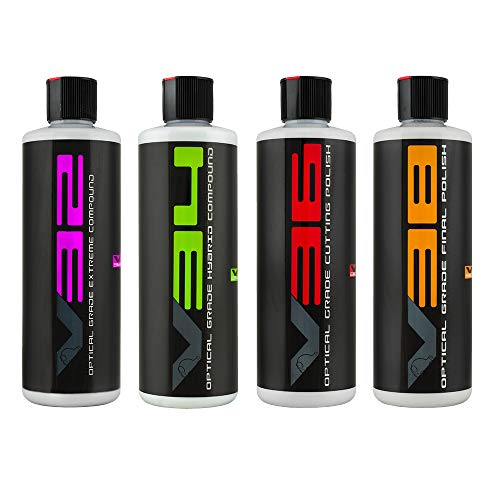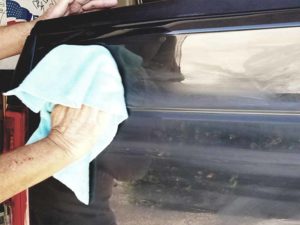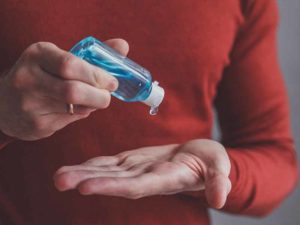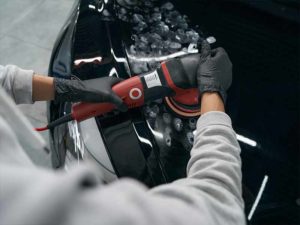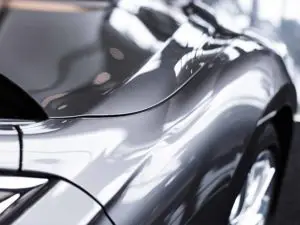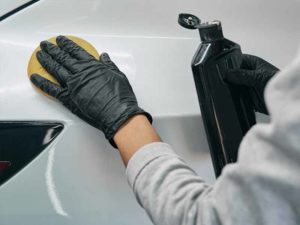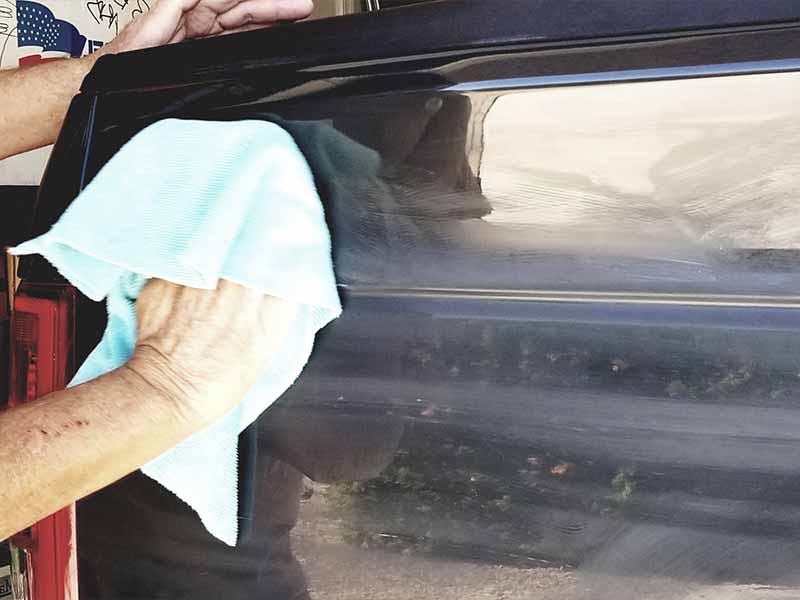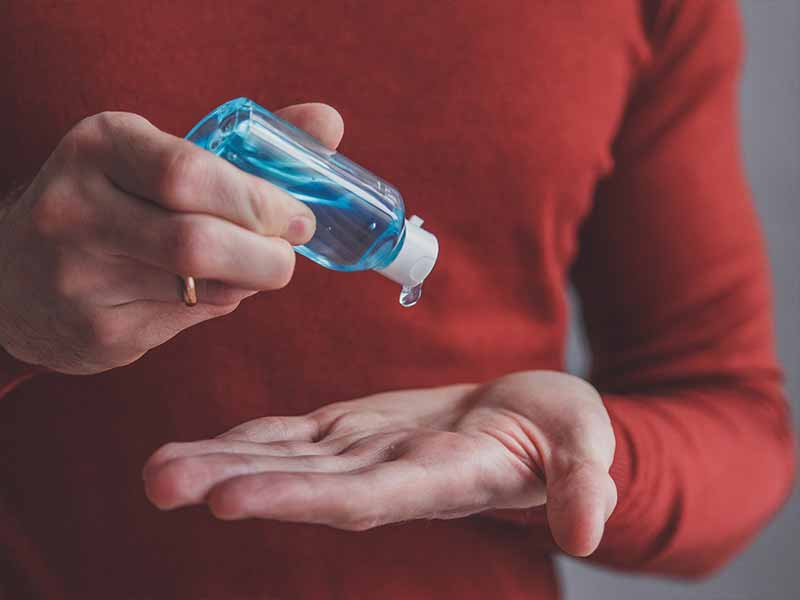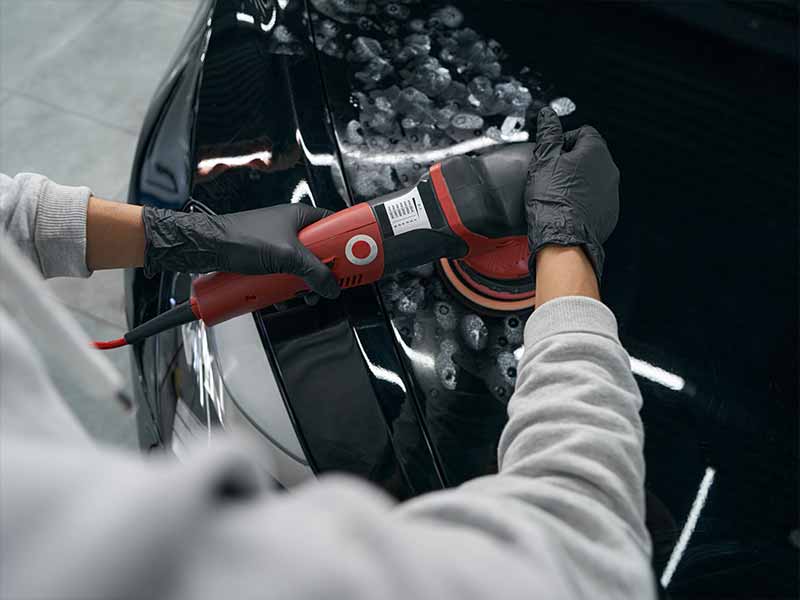Table of Contents
Polishing vehicle paint with a power buffer can be intimidating for some people. The worry is that the tool will make it easy to over polish and remove the clear coat in spots where too much force or power was applied.
While it is possible for this to happen, if you’re using a good dual action random orbital polisher it’s difficult to over work the machine and damage your finish. A proper polisher will stop spinning when too much force is applied.
For this reason you want to make sure you have the best tool for the job. In addition to a good power buffer we’ll cover how to choose the right buffing pad and best polishing compound to get the job done properly and easily without worry of damaging your finish.
Once you’ve finished reading this article you should feel very confident in your ability to polish your car or truck to flawless perfection.
How To Use A Car Polisher
Once you’ve got your polisher with the buffing pad apply a few dabs of polish in a few spots across the pad.
Next press the pad onto several spots on and around the area you’ll be working on without turning on the polisher. The idea is you want to splotch the polish evenly around the working area so that it won’t fling off when you turn on the polisher.
Once the polish is fairly evenly distributed and there isn’t too much left on the pad itself to fling off you can switch on the polisher to a medium setting and begin polishing.
You’ll want to work in a small area and apply just enough pressure to audibly hear the polisher change pitch from the applied pressure. Gently move the polisher back and forth over an area and then move on to an adjacent area and overlap significantly with the area you were just working on.
This will blend the polishing in and prevent having unpolished gaps. You should work out from the spot you started and polish the entire area that needs attention.
Once you’re satisfied you should then switch to a finishing pad and finishing compound.
If you haven’t achieved the results you were hoping for you may need to switch to a more aggressive pad and/or more aggressive polishing compound.
Car Polishing Before & After
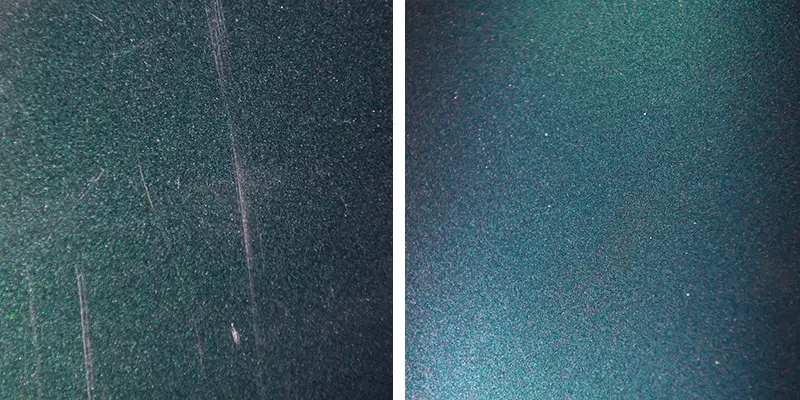
Why Polish A Car
The purpose of polishing a car is to remove light scratches and swirls in the clear coat. Improperly washing a car or brushing up against a dirty car can easily cause light scratches and marks in the paint.
Over time these build up and can significantly dull the finish. Even a brand new car can have light scratches and swirl marks from the dealer improperly prepping the car for delivery.
Dark colored cars will show these marks far more easily than a light colored car but even a white car can look bad and dull in bright sunlight from excessive swirls and scratches.
Light swirls and scratches only damage the clear coat which is the top layer of your vehicles finish. Polishing this clear layer can blend away these light imperfections.
Scratches that are deeper can’t be corrected with polishing unfortunately. Polish is only intended for correcting these minor blemishes.
Deep scratches like those from your car being keyed or parking lot door dings will require a much more involved solution.
An easy way to tell whether you can polish out a scratch or not is to run your finger nail across it. If your nail grabs in the scratch then it is too deep to simply be polished out.
Best Car Polishing Kit
If you’re looking for a simple kit that will include everything you need to polish your car correctly we highly recommend the TORQ TORQX Random Orbital Polisher Kit.
The kit includes one of our recommended dual action polishers along with some excellent buffing pads and polishing compounds in a range that will allow you to polish with varying degrees of aggressiveness to deal with any clear coat damage.
With this kit you’ll have everything you need to do an amazing job polishing out any clear coat defects in your paint and restore your finish to a factory fresh look.
Best Dual Action Polisher For A Beginner
Whether you’re a beginner or a pro you’re going to want to get a top quality dual action orbital polisher. The best polishers are reasonably light and easy to maneuver over the surface of your finish.
They will resist spinning when too much pressure is applied and they’ll give excellent results. There are 3 outstanding DA polishers that we recommend. Any of these will do an excellent job and are equally capable of removing light abrasions in the clear coat easily without needing much skill to perform the job well.
Types Of Buffing Pads For Cars & Trucks
There are several different types of pads to use with your polisher. There are wool, microfiber, and foam pads. If you’re working with a car built after 1990 you’ll likely want to only use a foam pad.
The wool pads should be avoided unless you have experience and know how to use them. Foam pads are the best option for most people. These typically come in a few different softnesses. Firmer foam pads will be more aggressive and obviously softer pads will be more gentle.
The softest pads aren’t used for polishing but for applying wax or sealant.
Microfiber pads come in 2 basic aggressivenesses. One is for more aggressive polishing and the other is more for finishing polishing.
Foam pads are more well known and tried and true while microfiber pads are newer to the market but very effective.
It can be easy to get overwhelmed by the choices of pads to use but we recommend going with this simple kit of buffing pads. The orange pad would be the pad to begin with while the white pad would be ideal for finishing. The black pad would be reserved for waxing or sealing.
Best Polishing Compound For Cars & Trucks
Polishing compounds vary slightly from one brand to the other but there really doesn’t seem to be one polish that is particularly better than the other.
What’s more important with polishes is knowing how to use the different aggressivenesses of polish. This will take a little experimentation but the idea is very similar to the varying firmness of foam buffing pads.
There are more and less aggressive polishing compounds to deal with various clear coat blemishes. You will want to start out with a medium aggressiveness compound and go more aggressive if you need.
You’ll then step down to a finishing polish to get the best glass like reflection. You’re best off just picking a reputable brand with a good diversity of polishes. After you use them a little you get a good feel for how they work and how to achieve the best possible finish.
We’ve been happy with a lot of the products offered by Chemical Guys and that remains true for their polishing compounds. If you’re looking for a set of good polishing compounds we recommend the Chemical Guys V Line Compound and Polish Kit.
We recommend the V36 compound to begin as it is mildly aggressive and great for removing swirls and scratches. The V38 compound is ideal for finishing. V32 and V34 are more aggressive and ideal if you have more difficult problems you need to resolve that the V36 isn’t handling effectively or quickly enough.
Helpful Links
Conclusion
Polishing a car isn’t difficult with the proper equipment. A proper dual action orbital polisher is definitely the tool of choice for this job.
Understanding buffing pads and polishing compounds are the supporting pieces for the polisher that need to be understood. They aren’t very difficult to comprehend but there are many more options than the beginner needs to get bogged down with deciphering.
The TORQ TORQX Random Orbital Polisher Kit contains only the essential pieces needed to get the job done well.
By using light pressure and patiently working the polisher back and forth in overlapping patterns you should achieve a mirror like finish. Don’t expect the polisher to remove deep scratches however.
It’ll only be able to remove light swirls and scratches in the clear coat. Scratches that go deeper than the clear coat and penetrate through to the paint or all the way to the bare metal will have to be handled with different tactics.
We hope this article has answered all of your questions and given you the confidence to get out there and tackle your finish on your own.
